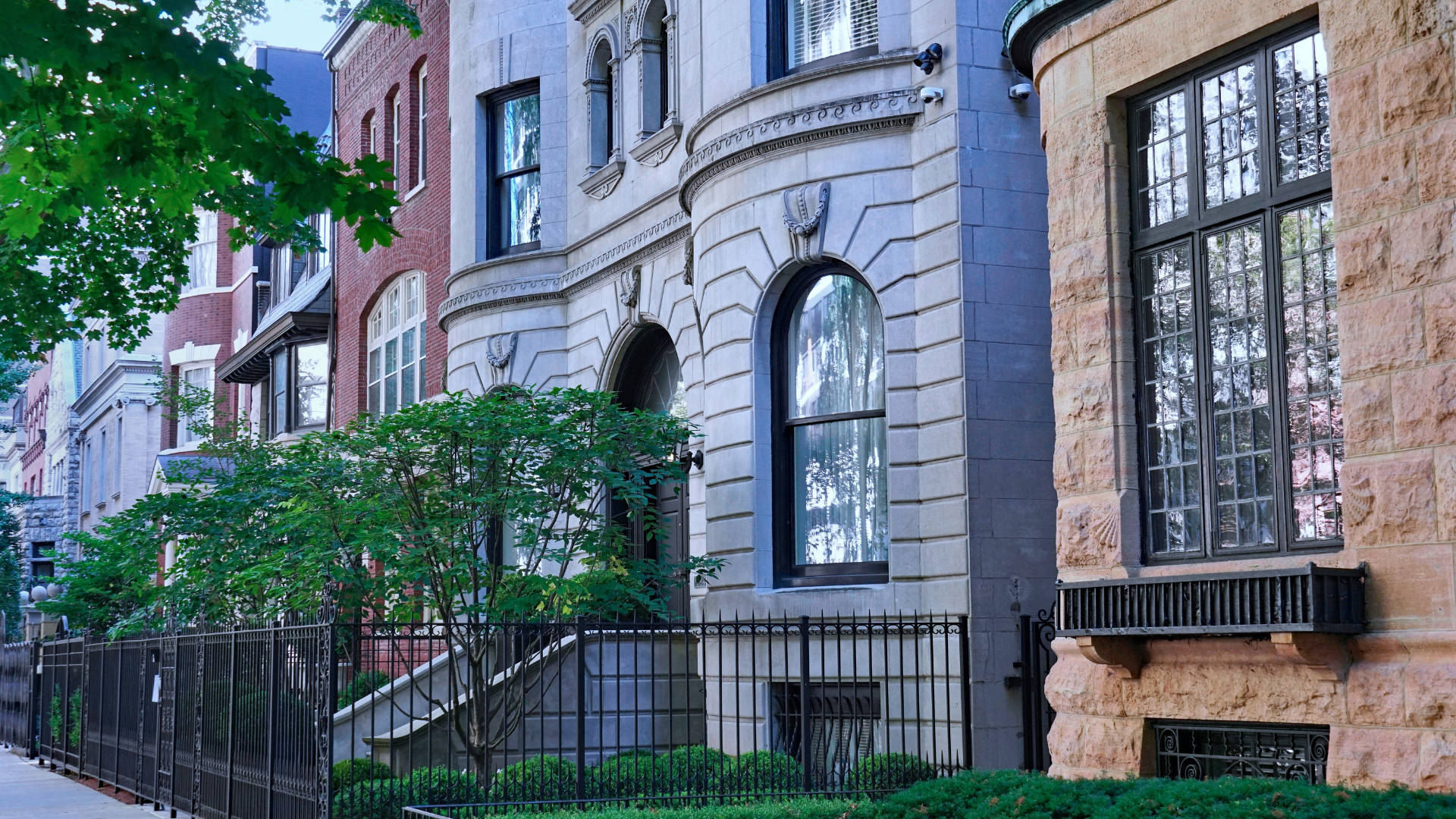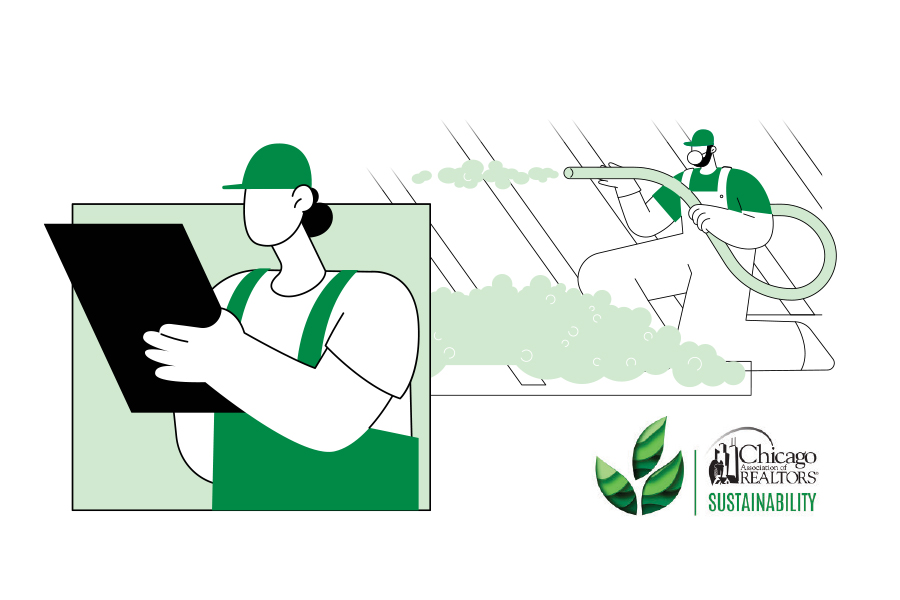Chicago is one of the cities at the forefront of energy conservation in the United States, specifically through the city’s base energy codes.
On January 1, 2023, Chicago’s New Energy Transformation Code took full effect for any new or renovated properties in the city. Within the Chicago Construction Code, this was enacted as part of Chicago’s plan to address the climate crisis, with a focus on equity.
There are two main objectives to the code:
- To create effective use and conservation of energy.
- To reduce carbon emissions.
So, what exactly does this code outline for new and renovated properties? Get a closer look below!
FOR RESIDENTIAL PROPERTIES
Roofs and walls now require more insulation.
These specific requirements can be found on Chicago.gov/energycode, along with more information about all the new requirements.
Electrical power and lighting system will require changes.
All permanent lighting must be high-efficiency, and most interior lights require dimmers or occupant sensors, unless the lighting is in a bathroom, hallway or stairs.
Additional efficiency choices are required.
A property must choose two of the five additional efficiency requirements:
- Enhanced envelope performance, i.e., the foundations, floors, walls, roofs, windows and doors
- More efficient HVAC equipment performance
- Reduced energy used in service water heating
- More efficient duct distribution system
- Improved air sealing for ventilation system
No new gas lighting allowed.
If you do not need to change them, existing gas lights can remain, but no new gas lights can be added. This was changed in an effort to move away from certain fossil fuel sources.
Electronification readiness is required.
Appliances for indoor cooking (like stoves), clothes drying and hot water heating do not need to be electric—but they must have electrical capacity with the appropriate wiring and outlets for electronification updates in the future. This requirement does not apply to heating or cooling units.
FOR COMMERCIAL BUILDINGS
- Stricter envelope requirements and additional requirements for testing on the envelope.
- New provisions for the heating and cooling requirements in spaces like revolving and interlocking doors and windows.
- Updated efficiency requirements for heating, ventilating and air conditioning.
- New requirements for outlets to be tied to occupancy sensors or timer controls to remove vampire loads from items that are plugged in to outlets.
- New provisions for plant growth lighting for indoor agriculture.
HOW TO ENSURE YOU’RE IN COMPLIANCE
While these changes help hold us accountable to a more sustainable lifestyle, it may be difficult to determine if you’re in compliance with the code.
When the time comes, and you’re done with renovations or construction of a property, it’s required that the architect informs the owner and contractor of what testing needs to be done to ensure compliance with the code. The owner and contractor must then conduct this testing.
For more information on Chicago’s New Energy Transformation Code, visit Chicago.gov/energycode.

Watch a replay of our Renewable Real Estate: Breaking Down Chicago’s New Energy Transformation Code event on-demand in our Sustainability Virtual Event webpage.







